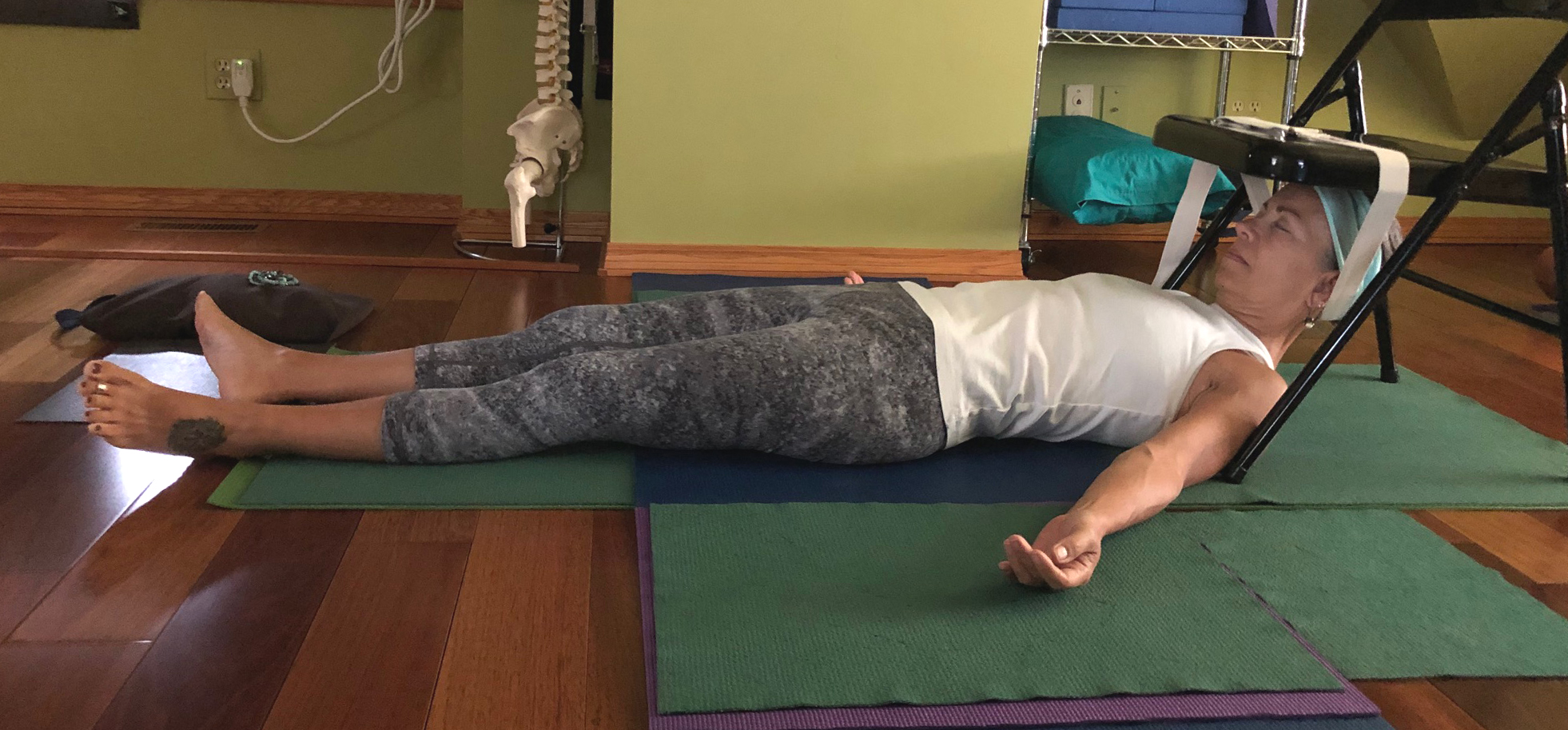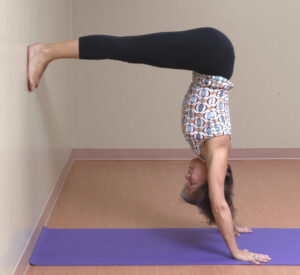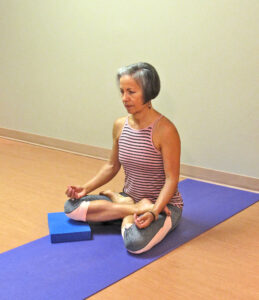Our five physical senses — taste, touch, sight, sound, and smell — are constantly attempting to seduce us along a path of pleasure pursuit and pain avoidance. Not to say either of these directions is good or bad in themselves. However, when we commit to them without discrimination, our decision-making is skewed toward only pleasurable experiences, which means we miss out on the abundance of learning associated with effort, challenge and even, pain. In excess, pleasure can and does lead to addiction such as in substance abuse of alcohol, drugs and food. These addictions to physical sensation prohibit self-realization.
When you let your mind heed the Siren call of the senses, they will carry away your better judgment as storms drive a boat off its safe-charted course to certain doom.
Use all your power to set the senses free from attachment and aversion alike, and live in the full wisdom of the Self. Eknath Easwaran, The Bhagavad Gita for Daily Living, Volume 1: The End of Sorrow
Self-realization, or what has been called Truth, Higher Self, Atman, God, Spirit, Creator, Pure Awareness, etc., cannot be tasted, touched, seen, heard, or smelled. The five senses are vehicles for our Consciousness or Pure Awareness to experience our inner and outer world. Only by going beyond the physical senses can we fully realize the sixth sense of intuition, our True Self, and experience the benefits of meditation.
In yoga, we practice withdrawing our five senses from both our bodily sensations as well as from objects and experiences in the outer world. This practice of Pratyahara is often taught during Savasana (Corpse Pose) at the end of an asana sequence and prior to meditation. Listed below is an example of a sensory withdrawal practice for you to experiment with during Savasana. Use the Savasana variation demonstrated below to deepen your sensory withdrawal experience.

HEAD-SUPPORTED SAVASANA (CORPSE POSE) 15 – 30 minutes
– Create a loop in your belt and hang it over the chair seat.
– Place your occipital bones (back bottom of the skull) into the loop.
– Your head should feel well supported and stable as it rests in traction.
1) Sight (Eyes). By closing our eyes, we immediately reduce distraction from the outer world. However, inner tension can still be present surrounding our two eyeballs. While your eyes are closed, imagine softening and expanding the inner and outer corners of both eyes. You might even imagine the eyeballs becoming very heavy and dropping into the back of the eye sockets. Can you begin to feel a lightness around your eyes?
2) Taste (Tongue). With your eyes closed and still using your inner awareness, find the root of your tongue. Imagine broadening from the centre point of the tongue’s base out to its left side and its right side. Feel the relaxing of the jaw, and the releasing of the tongue from the roof of your mouth. Let the tip of the tongue rest into the lower teeth. Draw a line down the centre of your tongue from its root to its tip. Soften the left side of the tongue. Then, soften the right side of the tongue.
3) Smell (Nose). Again, with your inner awareness, find the inner lining of your nostrils. First, soften the left nostril lining and then soften the right lining.
4) Sound (Ears). The inner ear canals connect into a Y-shape with the throat. Use your awareness to find each inner ear canal and imagine broadening and softening it down toward the throat. This begins to further relax the jaw, tongue and throat.
5) Touch (Skin). Skin is the largest sense organ. By first practicing to soften and relax our facial skin, we can then begin to bring the same awareness and impact to the skin covering our appendages and torso. With your inner awareness, draw a line down the centre of your forehead, nose, mouth and chin. Now imagine the skin left of this line heavily sliding down to the temples and ears. Then, move to the right side of the line. Soften and release this skin to the right temple and ear. Just allow the skin to pool in those locations.
As you become more successful in releasing your facial tension associated with the constant activity of your five senses, the impacts are increasingly distributed throughout your entire body positively altering your breath rhythm and your mental-emotional experiences.
May you accept Life as it is without too much attachment or too much avoidance. Namaste.




